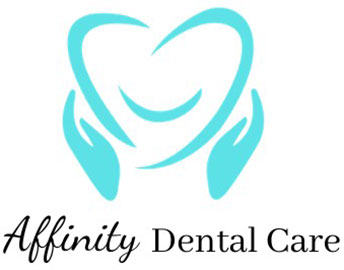Dental silver filling is a filling material used to fill cavities. It is also called dental silver amalgam filling.
Dental amalgam is a mixture of metals consisting of liquid mercury (about 50%) and a powdered alloy composed of silver (about 25%), tin (about 14%), zinc (about 8%) and copper. The liquid mercury reacts with the three metals to form a paste. Before the chemical reaction is completed, dentists can pack the paste into a cleaned cavity, then carve out the shape and anatomy before the paste becomes hard.
It is a strong, cheap, and durable material for cavity filling. It has been in use since the early 1800s. The silver amalgam has an antibacterial effect with a self-sealing property that contributes to its longevity. However, there are potential risks with mercury fillings.
Potential Risks:
- It contains elemental mercury that can release in the form of a vapour that can be inhaled. Exposure to high levels of mercury vapour, which may occur in some occupational settings, has been associated with adverse effects on the brain and the kidney.
- Fetuses and young children whose developing neurological systems are more sensitive to the neurotoxic effects of mercury vapour. In light of this, there are concerns about using mercury fillings in pregnant women with their developing fetuses, women planning to become pregnant, nursing women, and young children.
- People with pre-existing neurological diseases and people with impaired kidney function.
- People with known heightened sensitivity (allergy) to mercury or other dental amalgam components (silver, copper, tin).
In July 2018, the European Union prohibited amalgam for the dental treatment of children under 15 years and pregnant or breastfeeding women.
Due to the “potential risks” and the poor cosmetic results, I have not been doing silver amalgam fillings for over two decades. In fact, my office does not have mercury amalgam materials at all.
Suppose you fall into any of the greater risk groups listed above; both Health Canada and the Food and Drug Administration (FDA) recommend not to use mercury amalgam filling in those groups mentioned earlier in this blog.
I do not recommend anyone remove or replace existing amalgam fillings in good condition unless necessary – patients with medical conditions mentioned, physiological reactions to this material, or holistic propensity. Removing intact amalgam fillings can result in unnecessary loss of healthy tooth structure and a temporary increase in exposure due to additional mercury vapour during the removal process.
The International Academy of Oral Medicine and Toxicology (IAOMT) has provided guidelines on a safe amalgam removal protocol dubbed Safe Mercury Amalgam Removal Technique (SMART). At Affinity Dental Care, we closely follow the guidelines and have the following equipment and protocols.
- An amalgam separator filters all the wastewater from our dental high volume suction to collect mercury waste such that no mercury is released in our effluent into the public sewer system. A certified medical waste disposal company safely disposes of the amalgam separator once full.
- The operatory is equipped with a MedEVAC Airflow chairside unit that can remove mercury vapour from the air during amalgam filling removal. The nozzle is placed close to the operating field.
- A non-latex rubber dam isolates the teeth from the rest of the oral space to keep the amalgam pieces from entering the mouth before a high-volume waste suction removes them.
- The patient’s face and head are covered with a disposable sheet to prevent accidental contact with the mercury alloy during the removal.
- A high-volume evacuation suction is used thorough the removal and cleanup procedure. After completely removing the amalgam filling, the area will be thoroughly washed with water and then with a slurry of charcoal before removing the rubber isolation dam and head/face cover.
- A saliva ejector is placed under the dental dam to reduce mercury exposure to the patient.
- The amalgam is to be sectioned into chunks and removed in as large pieces as possible, using a small diameter carbide drill under a copious amount of water.
- We avoid any amalgam filling removal for women who are pregnant or breastfeeding.
We do not stock any mercury materials and restore teeth with composite white fillings to avoid mercury exposure. We use porcelain, lithium disilicate (Emax), and Zirconia materials for crowns and bridges.
If you are interested in having the silver amalgam fillings removed safely and holistically, please call our office to book a consultation appointment.




